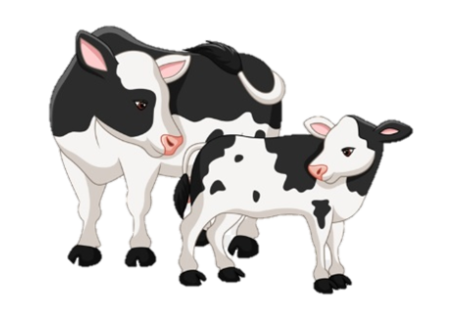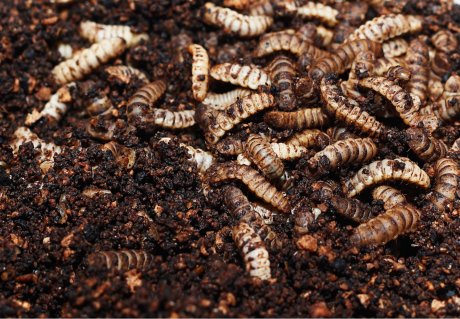
Vegetarian KungPao chicken - classic Chinese recipe with a vegetarian twist
WIAS magazine - Winter edition 2022
Lifestyle
A classical Chinese dish in vegetarian version. Lots of my home country cuisines rely heavily on meat products. But the sauces and the combination of basic ingredients are good, classic and accessible, so it makes no sense to miss it because one doesn’t eat meat. I have been adapting some classical Chinese receipts into meat-free versions by using similar ingredients. This receipt is THE entry-level dish you can safely try. There are also many variations of this dish within China. It serves as proof that there are even two ways to write the name of this dish (宫保鸡丁 versus 宫爆鸡丁). So don't worry about the authenticity as long as you like what you make.
Materials & Methods
Main ingredients
1. Vegetarian chicken pieces (I always use these two because of their texture) - one box

2. Half a cucumber
3. Half a carrot (similar amount to the cucumber)
4. Peanuts - peeled, half a bowl
5. Dried chili - 4 or 5, halve crosswise
6. Doubanjiang (Broad bean sauce with chili oil) - 1 full tablespoon
7. Sichuan pepper - 1 teaspoon
8. Cooking oil - 3 tablespoons (I usually use vegetable or peanut oil)
9. Kung Pao sauce
For the Kung Pao sauce
1. Vinegar - 1 tablespoon
2. Vegetarian oyster sauce - 1 tablespoon
3. Cooking wine - 1 tablespoon
4. Sugar - 1 tablespoon
5. Honey - 1 tablespoon
6. Sesame oil - half tablespoon
7. Fresh garlic - 2-3 cloves, finely chopped
8. Spring onion - White part, 4-5 cm, finely chopped
9. Water or vegetarian stock - 2 tablespoons
10. Starch - 1-2 pinch[See tip 1]
Methods
1. Cut the veggie chicken into smaller pieces (for instance thumbnail size). Bake them shortly in 1 tablespoon of oil until golden. Set aside.
2. Roast the peanuts quickly with the leftover oil in the pan, until slightly golden. Toss the peanuts from time to time to prevent them from getting burnt. When ready, set aside.
3. Halve the cucumber lengthwise. Use a small teaspoon to scoop out the watery seed part. Then cut the cucumber into chunks, same size as the veggie chicken pieces.
4. Peel the carrot and cut into chunks, same size as the cucumber.
5. Set the wok on medium fire. Add 2 tablespoon of oil. When the oil is just about to smoke, turn down the fire into low level and add the dried chili and Sichuan pepper. Stir until fragrant. Then add the doubanjiang and keep stirring until the oil turns red/orange .
6. Add the cucumber and the carrot pieces. Turn up the fire to high level. Quickly stir fry to soften the vegetables.
7. When the cucumber chunks start to shrink a bit in size, add in the veggie chicken. Keep stirring for a few seconds.
8. Mix well the Kung Pao sauce (watch out for the starch sediment!) and pour it gradually and evenly into the wok (like you are drawing spiral above the food). Keep stirring until the sauce mixes well with all the ingredients.
9. When the sauce covering the ingredients starts to thicken, add in the peanuts. Give everything a few final stirs and bring it on a plate [See tip 2]. Now the food is ready to be served.
Tips
1. Make sure when you add the starch, the rest of the sauce is cooled down to a room temperature if you use broth. Otherwise the starch will change into a gummy, half-crystal form and it does not taste good. Same when you pour the sauce into a hot wok: avoid it touching upon the inner surface of the wok.
2. There is no extra salt added in this receipt. The amount of Doubanjiang, the veggie oyster sauce and also the broth already contain lots of salty flavor. But you can always add an extra pinch of salt to taste if you find the dish too plain.







